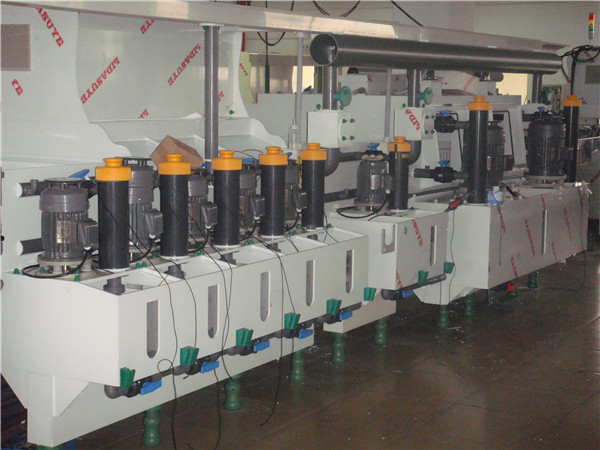Nov . 05, 2024 00:26 Back to list
pvc-o pipe
Understanding PVC-O Pipes The Next Generation of Piping Solutions
PVC-O, or oriented polyvinyl chloride, represents a significant advancement in the realm of piping solutions. As a derivative of traditional PVC, PVC-O is engineered through a process that aligns the polymer’s molecular structure, resulting in enhanced physical properties. This innovative material has gained traction in various applications, especially in water distribution, sewage systems, and irrigation networks.
One of the standout features of PVC-O pipes is their remarkable strength-to-weight ratio. The orientation process significantly increases the tensile strength of the pipe, making it much tougher than conventional PVC pipes. This enhanced resilience allows for thinner walls, resulting in reduced material usage and lower transportation costs. Consequently, PVC-O pipes offer an economically viable alternative without compromising on performance.
.
The longevity of PVC-O pipes is another significant advantage. With a lifespan that can exceed 50 years under normal operating conditions, they prove to be a durable investment for municipalities and industries alike. This longevity not only minimizes the frequency of replacements and repairs but also contributes to reducing the overall carbon footprint associated with manufacturing and disposing of piping materials.
pvc-o pipe

Environmental considerations play a crucial role in the adoption of PVC-O pipes. The production of PVC-O utilizes less energy and fewer raw materials than that of conventional pipes. Moreover, their lightweight nature reduces energy consumption during transport and installation. PVC-O is recyclable, aligning with sustainable building practices and allowing for a more circular economy. The ability to recycle compositional materials ensures that PVC-O fits well within modern environmental guidelines and industry standards.
Another notable aspect of PVC-O pipes is their resistance to corrosion and chemical attack. This property is crucial for applications such as chemical processing and sewage systems, where exposure to aggressive substances is common. Unlike metal pipes, which can corrode over time, PVC-O maintains its integrity, ensuring safety and reliability in diverse environments.
The installation process of PVC-O pipes is also more streamlined and efficient. Their lightweight nature makes them easier to handle and position, thereby reducing labor costs and installation times. Additionally, the ready availability of various fittings ensures compatibility with existing systems, allowing for seamless upgrades or expansions.
In conclusion, PVC-O pipes stand out as a modern solution to traditional piping challenges. Their superior strength, durability, and environmental benefits position them as an ideal choice for a multitude of applications. As industries strive for more sustainable practices and efficient solutions, the adoption of PVC-O technology is likely to grow. This innovative material not only meets the demands of today’s infrastructure needs but also contributes to a more sustainable future, ensuring that municipalities and industries can depend on efficient, long-lasting piping systems for years to come. With the continuous evolution of PVC-O technology and its applications, the landscape of plumbing and piping infrastructure is poised for an exciting transformation.
-
High-Quality PPR Pipes and Fittings Durable ERA PPR & PVC PPR Solutions
NewsJul.08,2025
-
Black HDPE Cutting Board - Durable, Non-Porous & Food Safe HDPE Plastic Cutting Board
NewsJul.08,2025
-
High-Quality CPVC Panel Durable HDPE & PVC Panels Supplier
NewsJul.08,2025
-
Double PE Welding Rod Supplier - High Strength, Durable & Versatile Welding Solutions
NewsJul.07,2025
-
High-Quality PVC-O Pipe Supplier Durable 75mm PVC Pipe & Connections Leading PVC Pipe Company
NewsJul.07,2025
-
HDPE Drainage Pipe Supplier – Durable & Corrosion-Resistant Solutions
NewsJul.06,2025

